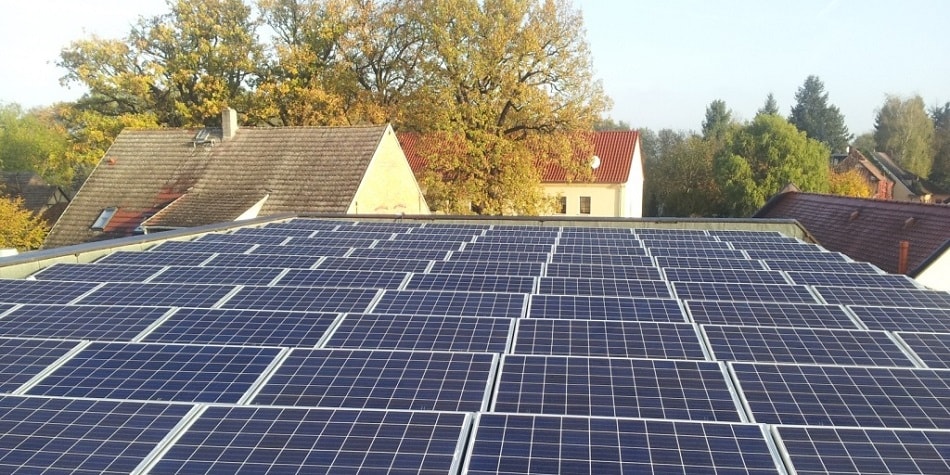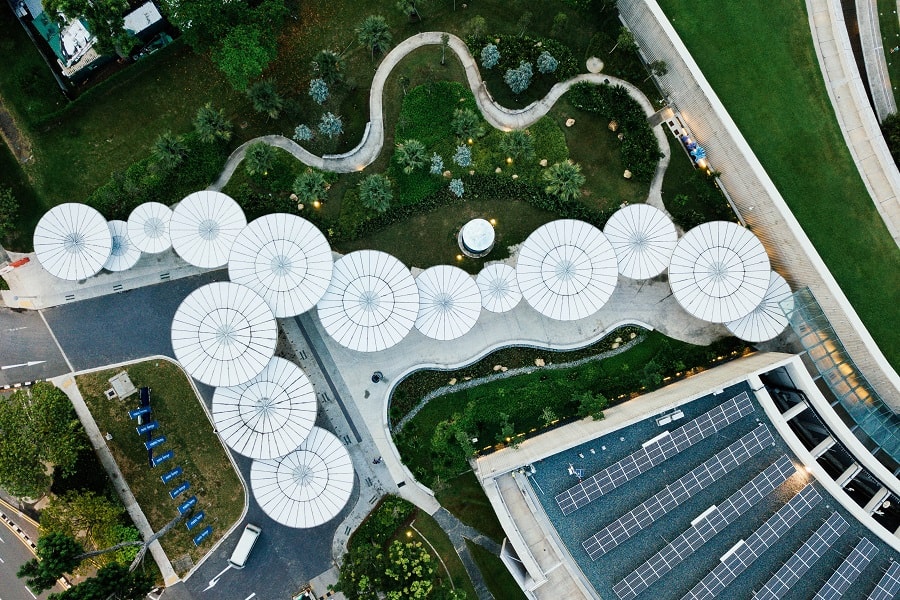
By Juraj Melichar
In a 2018 review of the Slovakia’s energy policy, the International energy agency (IEA) confirmed the tragic situation. System operators stopped in 2013 accepting requests for connecting renewables above 10 kilowatts to the distribution grid because of concerns over grid stability and security of supply. This regulatory measure still applies. In addition, Slovakia plans to meet its national renewables target mostly with unsustainable biomass, placing pressure on the stability of the country’s ecosystems.
In spite of these challenges, promising signals suggest that maybe Slovakia will right its policy framework for renewables, and EU funds will play an integral role. The Ministry of Environment and the Slovak Innovation and Energy Agency (SIEA) have begun distributing EU funds for photovoltaic, photothermic, heat pumps and sustainable biomass boilers up to 10 kilowatts in a programme called ‘Green to the households’.
This has enabled family and residential houses not only to connect solar panels directly to the grid but also receive subsidies for their installation. Priority is given to installations with the highest use of produced electricity through the accumulation of electricity to support the stability of the electricity grid. Surplus electricity is supplied free of charge into the distribution network. Wind installations were not supported due to current legislative restrictions. So, no household could get support for a small wind turbine.
While Slovakia has had difficulties in using EU funds for sustainable development, the ‘Green to the households’ programme is a shining example for its rapid deployment. For example, SIEA distributed EUR 1.78 million through 786 vouchers in just eight minutes in one round in August 2018.
The total budget for these activities is EUR 115 million plus national funding. The first pilot project with a budget of EUR 45 million lasts from 2015 until the end of 2018, and the successful project is planned to continue in the next years.
Hope for larger solar installations
In October 2018, the Slovak parliament amended the law on renewable energy sources and combined heat and power. The renewables sector succeeded in the first area with a so-called ‘local power generation,’ which will enable installations of up to 500 kW to be connected to the grid for their own electricity consumption. This solution suits mostly small and medium enterprises. Feed-in-tariffs will be changed to auctions and feed-in-premiums. Slovakia still lacks data about the technical potential of renewables, transparency and proper participation in decision and policy making, not mentioning other struggles in the CHP sector.
More efforts needed
The IEA continues in its 2018 review:
“These EU-level targets appear to lack ambition and may not serve the country to trigger progress towards the 2050 long-term decarbonisation goals. The IEA encourages the Slovak Republic to set more ambitious national targets and continue to reap multiple benefits from reducing energy-related CO2 emissions.”
The agency recommends that Slovakia:
- Assess the technical and economic potential of individual domestic sources of renewable energy, taking into account environmental sustainability, and design promotion policies on that basis; ensure that the biomass used is from sustainable sources.
- Require the DSOs to analyse how to prepare the electricity system to integrate higher shares of solar and wind power, for example by looking for international best practices.
EU funds, as a significant source of public investments, can contribute to the necessary energy transformation for the protection of climate and biodiversity and support of the local economy.



